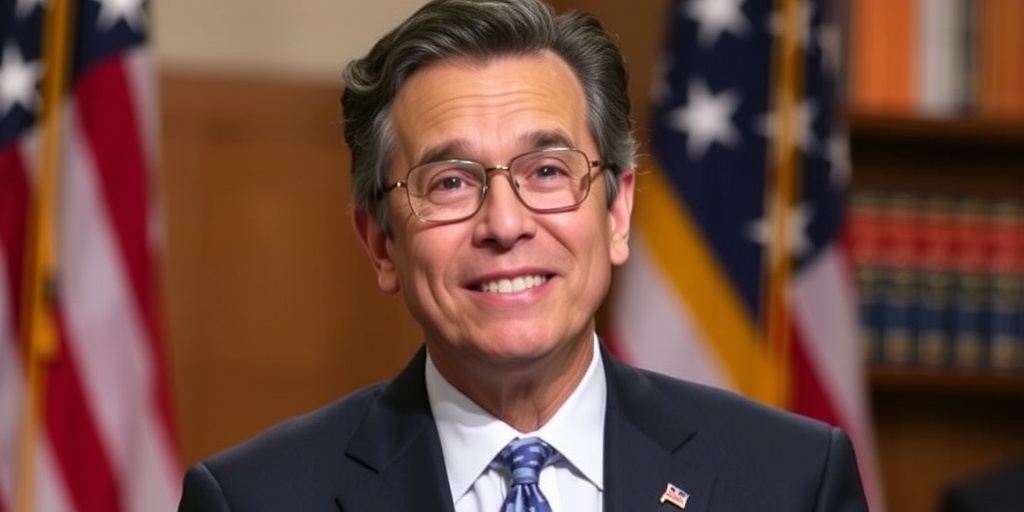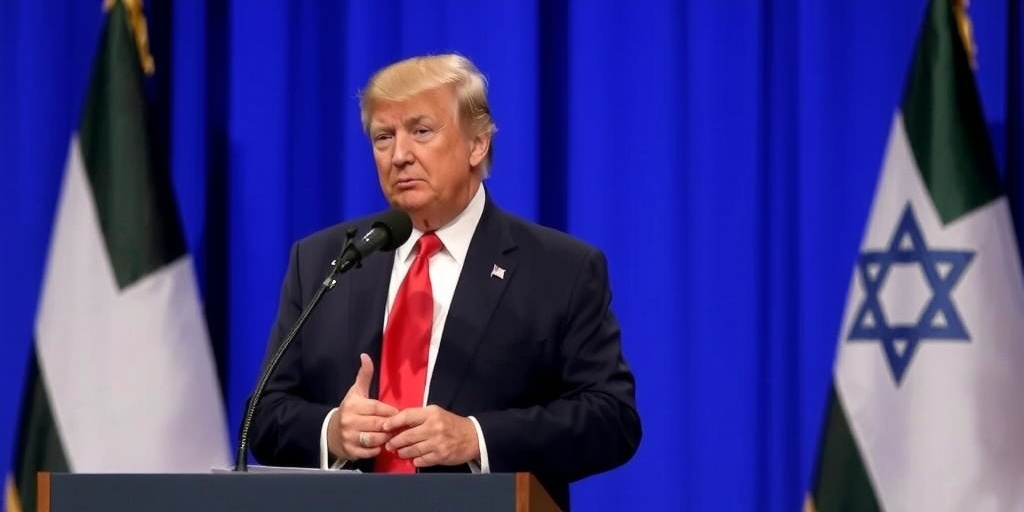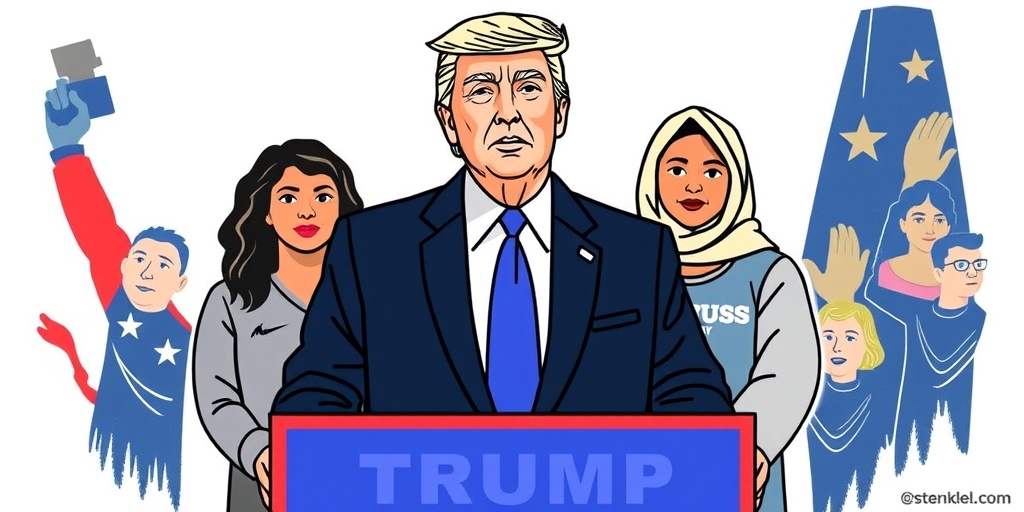Now Reading: House Republicans Struggle to Find Cuts Beyond Medicaid
-
01
House Republicans Struggle to Find Cuts Beyond Medicaid
House Republicans Struggle to Find Cuts Beyond Medicaid

House Passes Budget Resolution Amid Medicaid Cut Concerns
On Tuesday night, the House successfully passed a budget resolution that was secured by Speaker Mike Johnson’s negotiation efforts with several Republican lawmakers. These negotiations were particularly crucial as some lawmakers had previously voiced apprehensions regarding potential cuts to Medicaid, the federal program designed to provide health coverage to low-income individuals and families.
The passed budget resolution marks a significant step in a complex process aimed at extending the tax cuts originally enacted in 2017. This initiative also includes up to $2 trillion in cuts intended to partially offset these tax reductions. While the resolution offers a framework that could allow for the extension of these tax cuts without incurring major Medicaid cuts, the path forward is anything but clear.
To become law, the budget resolution must first receive approval from the Senate. Furthermore, both chambers of Congress must draft and pass legislative measures that adhere to the guidelines established in the resolution. This multi-step process highlights the intricacies of budgetary legislation and the various hurdles that lie ahead.
Notably, the budget resolution remains silent on the issue of Medicaid cuts, even as it instructs the House Energy and Commerce Committee to cut spending by a staggering $880 billion over the next decade. This directive poses a serious challenge, as the committee must find these savings from within its jurisdiction, which limits the available options to achieve the target set by the budget resolution.
The situation becomes even more precarious as the Republicans navigate the special legislative process known as budget reconciliation. This procedure allows them to pass certain budget measures with a simple majority, sidestepping potential Senate filibusters. However, it also imposes stringent constraints on where savings can be identified, creating a scenario where the options may be far fewer than anticipated.
As a result, several potential paths have emerged for the committee to consider in pursuit of the $880 billion target. The options range from cuts in Medicare to non-health-related programs, as well as explorations of new revenue-generating ideas. However, many of these alternatives are fraught with political challenges, particularly in light of commitments made to avoid cuts to vital social programs like Medicare and Medicaid.
One of the most viable alternatives would involve cuts to Medicare, as it represents a significant source of government spending. However, this strategy is complicated by political resistance. Former President Trump has made clear his opposition to cutting Medicare, a sentiment echoed by many Republican lawmakers who are sensitive to public opinion surrounding the program.
If the committee opts to cut other non-health programs, it will still face a shortfall, as even large reductions in non-health spending will likely fall short of the $880 billion benchmark. For instance, the elimination of the Children’s Health Insurance Program could yield around $200 billion, but such drastic measures have not been seriously entertained by House leaders.
The committee might also consider less direct methods to achieve budget savings, such as repealing specific regulations on fuel efficiency or expediting energy extraction permits. These creative solutions would allow them to generate savings without invoking the politically sensitive issue of outright spending cuts.
Despite these alternatives, Medicaid remains a focal point for potential cuts, with various experts arguing that substantial savings could be realized through policy changes. Some proposals suggest establishing a national work requirement for adults without disabilities or reversing earlier policies that limited the frequency of eligibility checks for beneficiaries. These measures could yield significant savings, albeit at the cost of increased hardship for many individuals who rely on the program.
Furthermore, proposals to fundamentally alter the structure of Medicaid could lead to even more extensive savings, although such changes would likely spark a heated political debate.
Overall, the situation underscores the challenge faced by the House Energy and Commerce Committee as it attempts to navigate the intricacies of budget reconciliation while confronting the political realities of proposed spending cuts. The multitude of options available reflects the difficult balancing act that lawmakers must perform in order to address both fiscal responsibility and the needs of vulnerable populations.
As the reconciliation process progresses, the imperative for significant cuts to health programs becomes increasingly evident. The stakes are high, and if the committee cannot identify the required savings, the entire budgetary framework—including tax cut extensions—could fall apart. Observers caution that the committee’s instructions necessitate substantial reductions in health care spending, emphasizing the underlying mathematical reality that will dictate the legislative outcome.
Stay Informed With the Latest & Most Important News
Previous Post
Next Post
-
 01New technology breakthrough has everyone talking right now
01New technology breakthrough has everyone talking right now -
 02Unbelievable life hack everyone needs to try today
02Unbelievable life hack everyone needs to try today -
 03Fascinating discovery found buried deep beneath the ocean
03Fascinating discovery found buried deep beneath the ocean -
 04Man invents genius device that solves everyday problems
04Man invents genius device that solves everyday problems -
 05Shocking discovery that changes what we know forever
05Shocking discovery that changes what we know forever -
 06Internet goes wild over celebrity’s unexpected fashion choice
06Internet goes wild over celebrity’s unexpected fashion choice -
 07Rare animal sighting stuns scientists and wildlife lovers
07Rare animal sighting stuns scientists and wildlife lovers





















